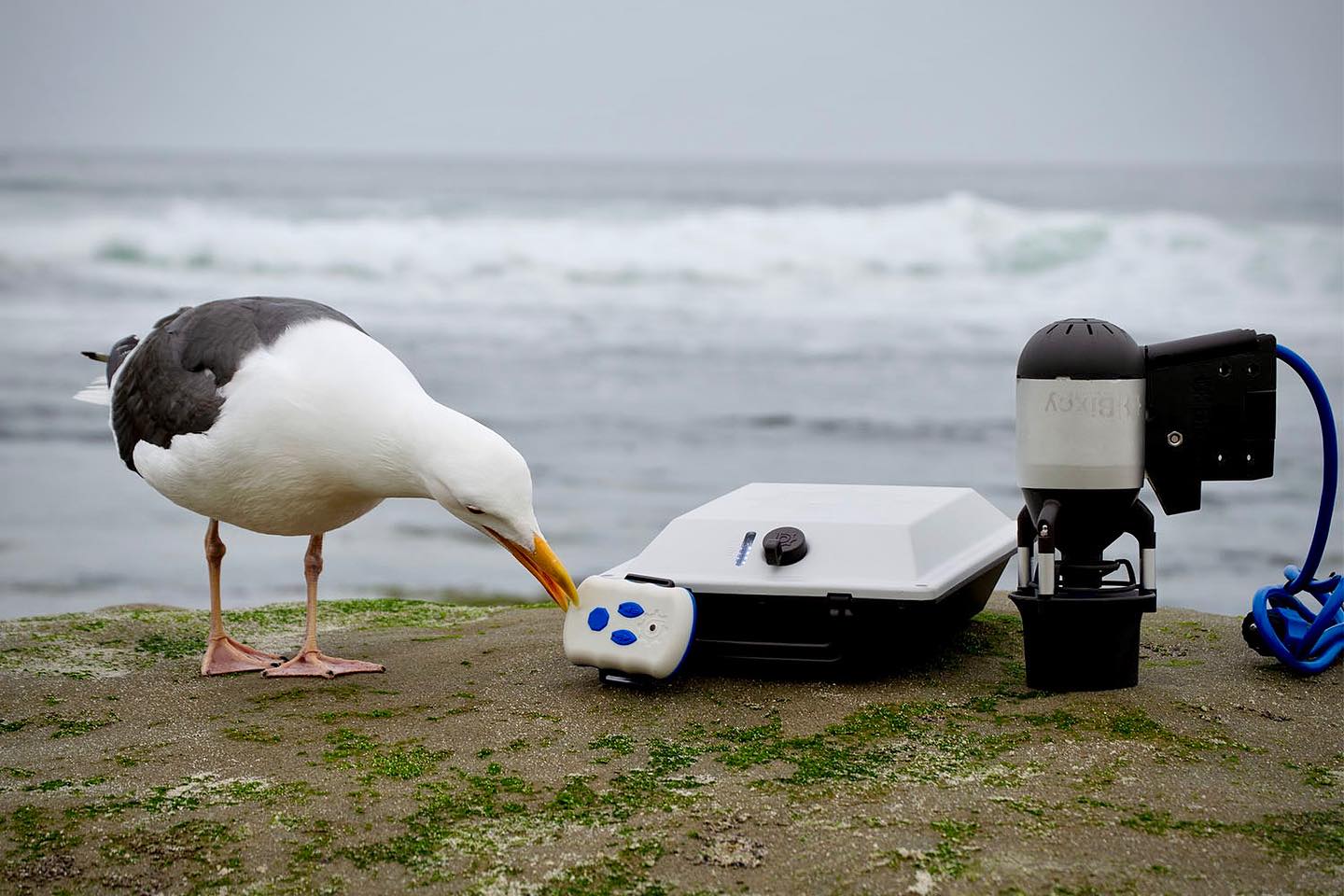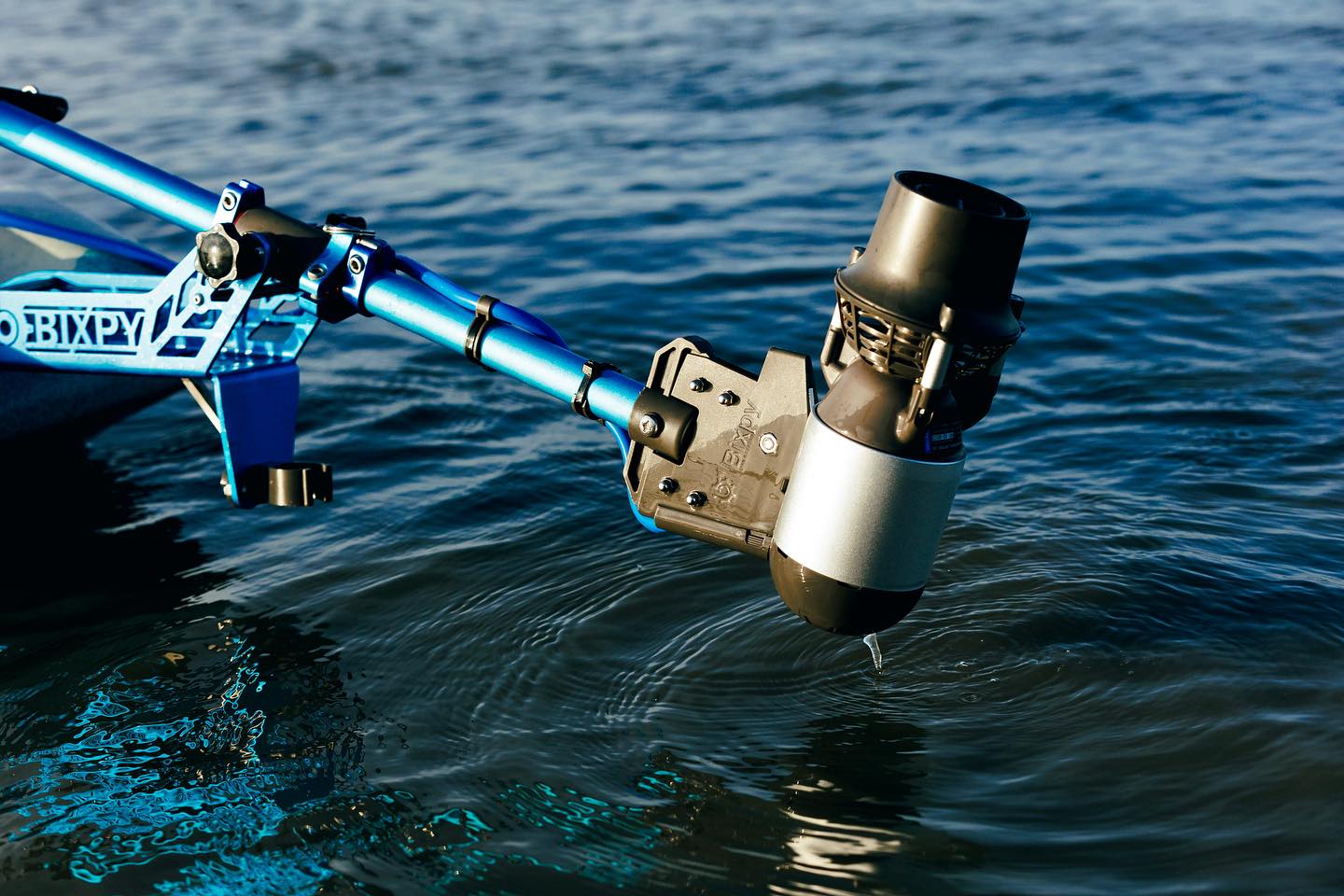Posted by Bixpy on Aug 18th 2023
Don't Ignore These Warning Signs that Your Electric Motor Is Not Attached Properly
If you're the proud owner of an outboard electric motor, then it's important that you keep a close eye on its condition.
The last thing you want is for your motor to malfunction because it wasn't attached correctly. Thankfully, there are several warning signs you can look out for that indicate your electric motor is not mounted properly; here are the top two we see on a regular basis:
-
Vibrations and Noise
One of the key signs that your electric motor is not mounted properly is if you notice excessive vibrations and noise coming from the motor while it's running. These vibrations and noise can indicate that the motor is not securely attached to the boat, which can lead to potential damage or even detachment while in use. Check for any loose bolts or screws and make sure they are tightened properly. Additionally, examine the motor mount brackets and ensure they are secure and aligned correctly.
This is much easier to notice if you’ve had the motor installed for a bit and know what to expect. However, if this is your first time using the motor, it should make a tiny bit of noise and have a slight vibration. If it is extremely noticeable, then it is most likely not attached correctly. Please refer to our site bixpy.com/installation-guides for helpful installation videos. If you have recently installed a new outboard motor kit or are using trolling motors, it's important to be extra vigilant in inspecting the mounting to ensure it's secure. Remember, it's always better to be safe than sorry when it comes to properly mounting your electric motor.
Or, double check that the wildlife isn't the one causing the problems!

-
Increased Energy Consumption
If you've noticed that your battery is draining faster than usual or you're finding yourself having to recharge more frequently, it could be a result of an improperly mounted electric motor. Increased energy consumption is a clear sign that something is not right with the motor mounting. When the motor is not securely attached to the boat, it can cause excessive friction and resistance, which requires more power from the battery to maintain the desired speed.
This issue becomes even more crucial if you have recently installed a new outboard motor kit or are using trolling motors. These additions can put extra strain on the mounting, leading to an increased risk of it becoming loose or unstable. Not only does increased energy consumption drain your battery faster, but it can also impact your overall performance on the water.
Remember, energy consumption is also variable depending on other factors such as currents, winds, weight in the watercraft, speed, and more. If you only notice once that you have to recharge more often than normal, then it might just have been outside forces causing the motor to work harder and not a mounting issue. Keep an eye on your charging cycles.

How to Fix the Problem
Now that you've identified the signs of improper motor mounting, it's time to fix the problem and ensure your electric motor is securely attached. The first step is to thoroughly inspect the mounting to determine the cause of the issue. Once you've addressed any loose or misaligned components, consider reinforcing the motor mounting for added stability. You can use additional brackets or support structures to provide extra strength and prevent future issues. Make sure to use high-quality materials and follow the manufacturer's recommendations for reinforcement; you can find installation information at bixpy.com/installation-guides.
Regular maintenance is also key to ensuring your motor remains securely mounted. Inspect the mounting before each use, checking for any signs of wear or loosening. Dry and clean your products regularly and store them in safe places. For more maintenance tips and tricks, visit our website. By taking these steps to fix the problem and properly maintain your motor mounting, you can enjoy a safer and more efficient boating experience. Remember, it's always better to address the issue promptly rather than risk further damage or potential detachment while out on the water.



